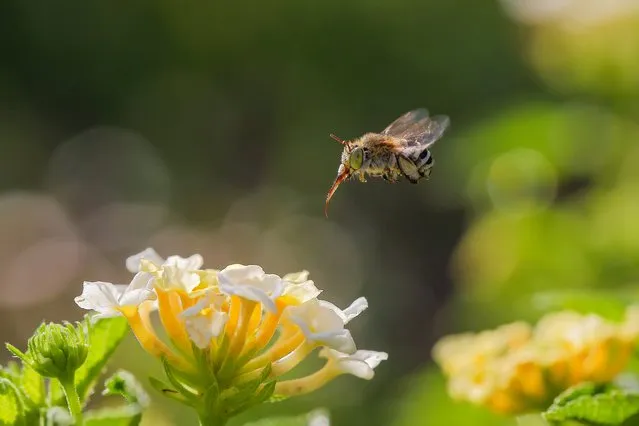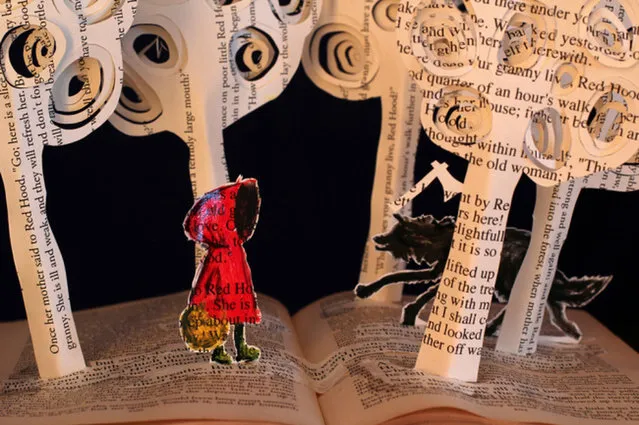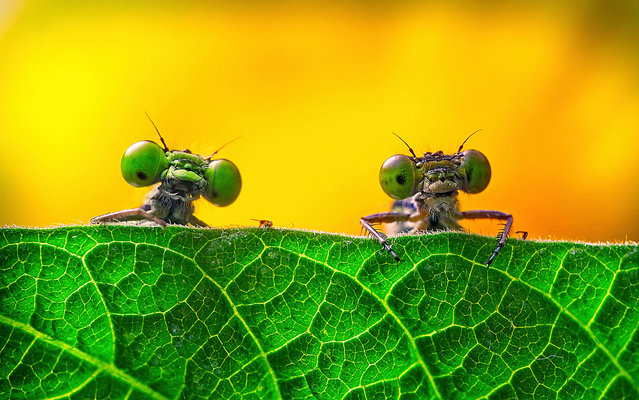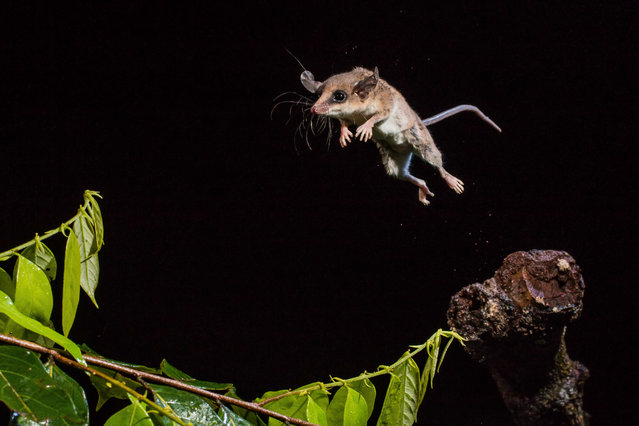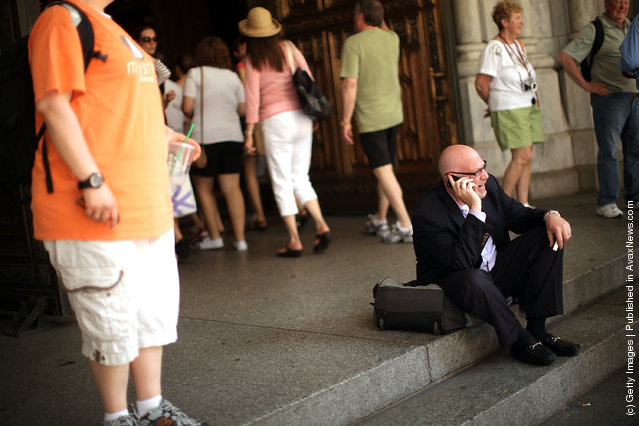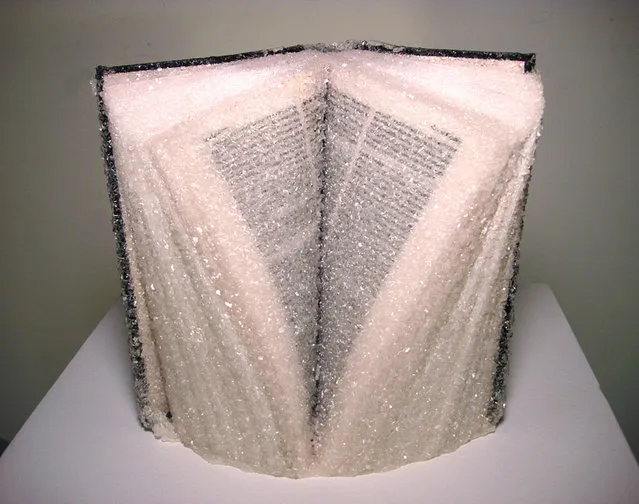
People will spout about impermanence of digital records, but books are really fragile, too. Alexis Arnold from San Francisco wanted to illustrate that with her project The Crystallized Book: collecting books and growing Borax crystals on them. Books range from literature classics to magazines, and there’s even a mysterious and arcane tome called “Linux: The Complete Manual”.
